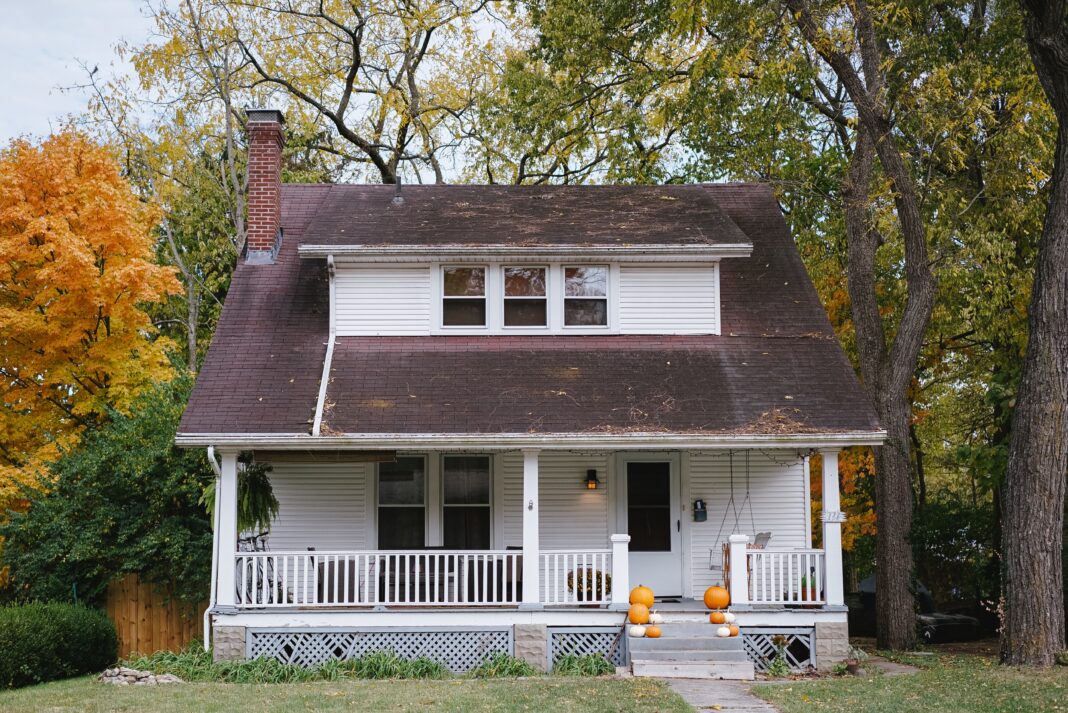Home inspections are a must-do for all homeowners and buyers. The inspection process is designed to ensure that your new home is in good condition and free of any major defects. Most home inspectors will also offer recommendations on how to fix or remedy any problems they find during the inspection, so you can make sure that you’re getting your money’s worth when you buy a new home.
When you’re looking to buy a home, it’s crucial to get an inspection. The inspection will ensure that your new home is in good shape and doesn’t have any problems. A professional inspector can give you a detailed report on the condition of your soon-to-be home. The following are the most common components inspected during a home inspection.
Septic Tank Inspection
Septic tank inspection is required by law in many states. It’s also necessary to avoid health risks and ensure that your septic system functions properly. Inspecting the inside of your tank will help you determine if it needs cleaning or repair, which can be done by a professional. If you’re not sure how to inspect your septic tank, contact an inspection service that specializes in home inspections so they can do it for you.
Septic tank inspection is something that every homeowner or buyer should do. These tanks can be very expensive to repair and replace, so it’s important to make sure they’re working properly. The first step of the process is to hire a professional septic tank inspector. Your realtor can recommend one for you, or you can find one online. After you’ve hired the inspector, he or she will take a look at your property and then conduct an inspection of the septic tank. They will check for cracks in the walls and other signs of damage that may indicate trouble with your system. They’ll also check for clogs in the drain field and make sure there’s enough wastewater pump-out that comes out of it to keep it working properly.
Tree Inspection
Trees can be a safety hazard. They can also be a nuisance if they interfere with the view and cause damage to your home. If you have trees that are close to your house, it is important to inspect them regularly for signs of trouble.
- You should check the trunk of each tree at least once every year or so to determine whether it has any rotting or decaying sections on it. This will allow you time to take action before any damage occurs!
- It’s best not to use ladders when inspecting your trees; instead, opt for something like an aerial lift (or “cherry picker”) which allows someone else accesses without having them come into contact with potentially hazardous materials on the ground level.”
Tree removal like this, tree removal in Berry is another home maintenance task that must be done by the homeowner. If you have trees on your property and they are starting to look unhealthy, you should consider having them removed by a professional tree trimmer. When you hire a professional, they will assess the health of your tree and determine if it can be saved or if it needs to be removed completely. They will also look at the surrounding trees, as well as any utility lines that might be near your tree. This can save you from making expensive mistakes when you try to do this job yourself, such as damaging a utility line or cutting down too many healthy trees.
Pest Inspection
The next step is to have a pest inspection. Pests can cause damage to the home, as well as be harmful to your health and property. They can also cause allergies, structural damage, property damage, and the spread of disease. Pests are a fire hazard because they carry electrical wires with them when they move around your house looking for food or water sources (which could lead them into contact with live wires).
Building and pest inspections like this, building and pest inspections in Bribie Island are the first things homeowners should do before buying a home. Homebuyers should do an inspection to make sure they know what they’re getting into, and to protect themselves from hidden problems that could make their new home unsuitable. A building inspection will look at the structure of the house, including the walls, floors, roof, plumbing, and electrical systems. It also includes a check for termites and other pests. A pest inspection checks for evidence of insects or rodents that can damage your property or infest your food supply.
Inspect the roof
The roof is a vital part of your home’s structure, and it can often be the most expensive repair if something goes wrong. It’s best to check for signs of damage or wear and tear on your home’s roof as soon as possible so that you can get any issues addressed before they become more serious problems.
- Look for leaks: If water has been dripping through the ceiling in an area of your house, this could be an indication that there are holes in one or more shingles that need replacing. Make sure to check all sides of each shingle when looking at this issue–sometimes one side will leak while another doesn’t.
- Check for signs of rot: Rotting wood can mean trouble for both homeowners and buyers alike; if left untreated, the rot will spread throughout an entire section of siding or decking until nothing remains but crumbling bits falling off onto people below them (or worse yet–into their homes).
Inspect the home’s structure and electrical system
The structure of your home is the foundation upon which everything else rests. It’s important to inspect it closely and make sure that it’s solid, especially if you’re buying an older home. Look for signs of structural damage or deterioration such as cracks in walls, floors, and ceilings; doors that stick or won’t close properly; windows that don’t open or close properly; driveways with potholes or cracks.
When you’re inspecting your home’s electrical system, look for loose wires and frayed wires. Look for exposed wires in the wall or on fixtures, as well as burnt-out lights and missing light bulbs. If you see flickering lights or dimming lights, this could indicate a problem with your wiring or power supply. Also, pay attention to whether any light switches feel hot when they’re turned on–this could be an indication that there are problems with the electrical system in general.
Check if there are any leaks or moisture problems.
If you haven’t already, check for water damage. A home inspection will catch most problems, but there are some that only a homeowner can see and identify.
Moisture is a leading cause of fires in homes and can also cause mold and other health issues if left unchecked. It may be difficult to get an idea of how much moisture is present in your house without professional help, so consider hiring an expert or taking an online course on how to spot signs of moisture in your home (and what they mean).
Test any appliances that come with the house.
- Test any appliances that come with the house.
- Check for leaks and make sure all of your plumbing works as it should.
- Make sure all major appliances are in good working order, including the furnace or air conditioner, water heater, and appliances like washers and dryers (if applicable).
You should also check for smoke detectors and carbon monoxide detectors in each room of your home so that you can feel safe when you’re there alone or sleeping at night!
Hire a licensed pest inspector to check for termites and other wood-destroying organisms.
A pest inspector is a professional who will check for termites, dry rot, and other wood-destroying organisms. In addition to inspecting for these issues that could cause your home to become uninhabitable, a pest inspector will also check for mold and fire safety. If you have concerns about pests or mold in your house, it’s worth hiring one of these experts to come out and give you peace of mind that there aren’t any problems lurking behind closed doors.
Check for lead paint or asbestos.
Lead paint and asbestos are two dangerous substances that can be found in older homes. Lead paint is especially dangerous to children, as it can cause brain damage and other serious health problems if ingested or inhaled. Asbestos is a carcinogen that’s been linked to lung cancer when the fibers become airborne, leading to symptoms like shortness of breath and chest pain.
Both lead paint and asbestos are more common in older homes–the former due to its use as an additive for paint until 1978 (when it was banned), while the latter was commonly used as insulation until 1980. If you’re buying an older property with high ceilings or open floor plans that let air flow freely through them (for instance), then these materials may not have been properly contained by previous owners; this could put you at risk for exposure if they haven’t been removed already! It’s always best practice before moving forward with any transaction involving real estate purchases such as this one where possible hazards might exist somewhere within proximity such as these two items listed above might be present within an old structure’s walls…
Conclusion
Buyers and homeowners alike should be aware of the importance of a home inspection. Home inspections are important for both buyers and homeowners because they can help to ensure that any problems with a home are identified before the sale or purchase is finalized, which can save you from paying for repairs later on down the line. Homeowners should get their own inspection before they put their house on the market, as well as after they’ve sold it. If there are any problems with the house that were missed by previous inspections—or even if it was built improperly—you’ll want to know about them before you buy or sell!















